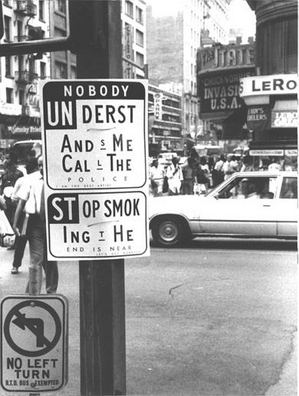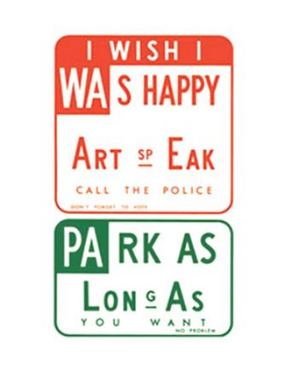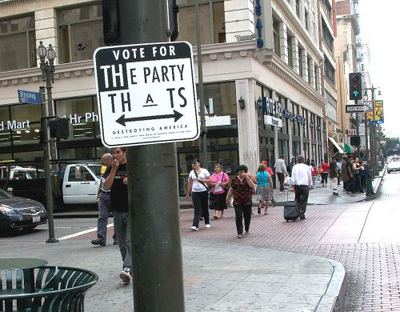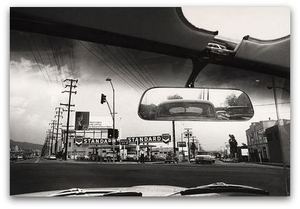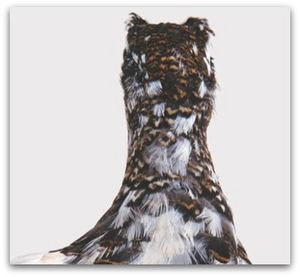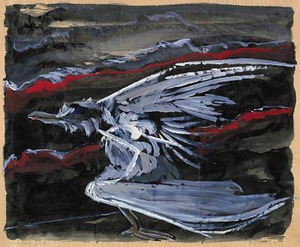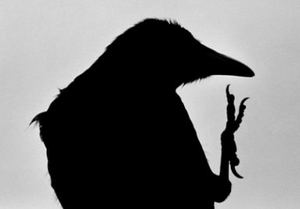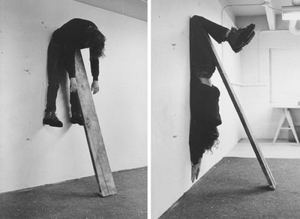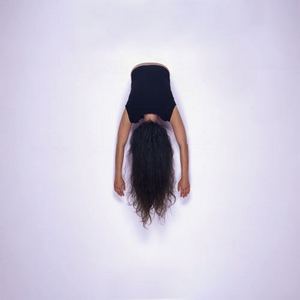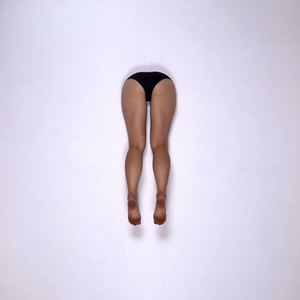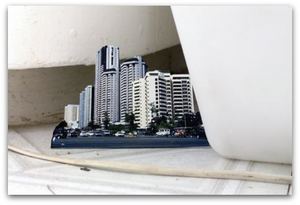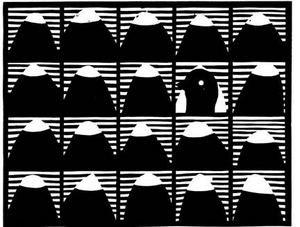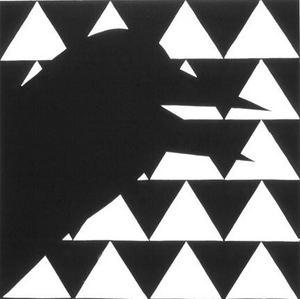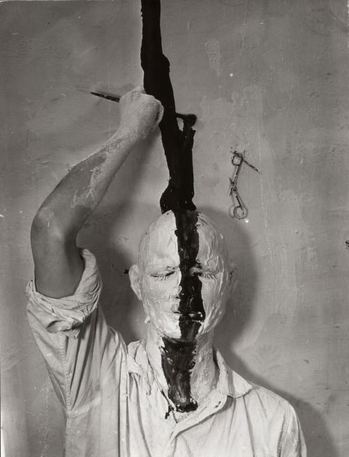Bob Zoell (Click to enlarge)
Uncategorized
The artifical intelligence of art and nature
Stout’s sculptural models are filters through which he distances himself from the world. As a kid, he worked in a hobby
store. Systems tinkering was mandatory. The geeky youth he must have been is now blinding us with science and passing it
off as art. From his cracked accounts, the tragedy of our
cracked relationship with the earth takes slippery and uncertain shape.
She works in the gap between flesh and fantasy, nature and technology,
attraction and repulsion. Her meanings slide across each other like
tectonic plates. What grinds to powder between them is the audience’s
certainty that it knows what’s going on.
Dennis Hopper – street signs
Double Standard, 1961, via MAN
Birds past their pull date
Audubon killed his models to paint them alive. Since his day, more artists have tended to let the dead be dead. Lately, there are a lot of dead out there.
Plank piece sex change
Art for dyslexics
Letters sideways and shuffled in the middle (via):
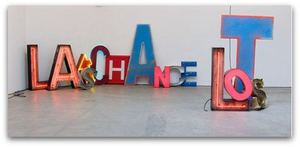 Do the letters spell out Lancelot, LA’s Chance Lots or Jack Pierson’s title, Last Chance Lost? Just as dyslexics don’t limit themselves to one meaning, the work itself invites multiple readings. Pierson’s battered cluster of light-struck letters is the equivalent of Thelonious Monk’s embrace of wrong/right notes…
Do the letters spell out Lancelot, LA’s Chance Lots or Jack Pierson’s title, Last Chance Lost? Just as dyslexics don’t limit themselves to one meaning, the work itself invites multiple readings. Pierson’s battered cluster of light-struck letters is the equivalent of Thelonious Monk’s embrace of wrong/right notes…
Because everybody knows that in art, wrong can be right.
(Baldessari)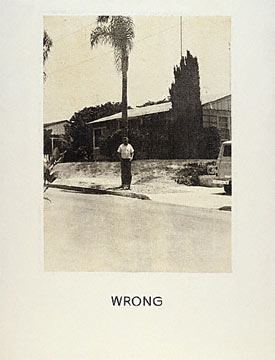 Stephanie Syjuco at James Harris Gallery through May 2.
Stephanie Syjuco at James Harris Gallery through May 2.
Wallace Stevens/Michael Spafford – 13 Ways of Looking at a Blackbird
When the visual engages the verbal, the former is frequently an illustration of the latter. Michael Spafford’s homages to Wallace Stevens’ poem are a rare choice, not the usual echo. They are a duet with Stevens, a point/counterpoint.
Stevens’ Thirteen Ways of Looking at a Blackbird first published, 1917.
Spafford’s woodcuts of the same title, 17.5 by 23 inches, from 1975, with a second entirely different set a decade later. Images via Francine Seders Gallery.
That’s why for each stanza there are two images, the first from 1975, the second from 1986. (Click to enlarge.)
1.
Among twenty snowy mountains,
The only moving thing
Was the eye of the blackbird.
[Read more…] about Wallace Stevens/Michael Spafford – 13 Ways of Looking at a Blackbird
Gunther Brus – I am the name of my desire
Günther Brus‘ Selbstbemalung (Self-Painting) from 1964 is in Michael Darling’s Target Practice: Painting Under Attack, 1949-78 at the Seattle Art Museum, June 25-Sept. 27.
Coming up – Seattle Art Musem: Alexander Calder, Michelangelo
Opening Oct. 15 at SAM, two shows organized by the museum that aren’t going to travel. (Click images to enlarge.)
1. Alexander Calder: A Balancing Act, curated by Michael Darling. The idea is to trace the origins of his signature style through his initial efforts to its flowering largely through intimate objects, from 1927 to the mid-1970s.
 Seattle collectors John and Mary Shirley own a hefty share of the 80 objects, many of which haven’t been publicly exhibited. Calder has recently been at the Whitney and MoMA. The concentration in Seattle will be the 1940s.
Seattle collectors John and Mary Shirley own a hefty share of the 80 objects, many of which haven’t been publicly exhibited. Calder has recently been at the Whitney and MoMA. The concentration in Seattle will be the 1940s.
2. Michelangelo Public and Private: Drawings for the Sistine Chapel and Other Treasures from the Casa Buonarroti, organized with the Buonarroti by Chiyo Ishikawa.
From the press release:
Renaissance biographer Georgio Vasari tells us that Michelangelo burned
most of his drawings and other preparatory works before his death “so
that no one should see the labors he endured and the ways he tested his
genius, and lest he should appear less than perfect.”
Grain of salt: Vasari is not facts on file. The most promising thing about this exhibit is the chance to see the artist thinking on paper – twelve drawings. If he really wanted to hide his tracks, there wouldn’t be any.
 For this one exhibit, I’m going to try to break the habit of reading wall text. Maybe SAM will surprise me and skip all that oh-the-master-genius stuff, which wraps the artist in adulatory goo. Press release again:
For this one exhibit, I’m going to try to break the habit of reading wall text. Maybe SAM will surprise me and skip all that oh-the-master-genius stuff, which wraps the artist in adulatory goo. Press release again:
In addition to drawings and models that reveal Michelangelo’s process,
the exhibition includes works by Michelangelo’s contemporaries and
generations of followers and admirers. Painted and sculpted portraits
and commemorative medals celebrating his life demonstrate the “cult of
Michelangelo” that had already begun during his lifetime.
Cults intend to honor but always alienate, a point well made in a bumper sticker: Jesus, Save Me From Your Followers.
Jacob Lawrence and the question of museum admission fees
By the time Jacob Lawrence arrived in Harlem, the party was over. The flush days of Harlem’s cultural renaissance had come to an abrupt end with the 1929 stock market crash and the beginning of the Depression.
Born in 1917 in Atlantic City, N.J., to a couple who had come north in the general migration of blacks out of the South, he found little he could count on in his early years.
By the time he was 13, his father was long gone. He and his younger brother and sister had spent three years in foster care before their mother could afford to send for them. She was a domestic with an irregular income, barely able to hold her family together.
 Lawrence’s mother died in 1968, after he had become a major figure in the art world. “She was proud, but she would have been much happier if I’d had a job in the civil service,” he told me. “For people of her generation, security was everything.”
Lawrence’s mother died in 1968, after he had become a major figure in the art world. “She was proud, but she would have been much happier if I’d had a job in the civil service,” he told me. “For people of her generation, security was everything.”
As a child new to the neighborhood, he was shocked by the lack of open space, the crush of humanity and the cramped verticality of the buildings. Because he neither played sports nor followed them, he wasn’t a big hit with his contemporaries. Nor was he especially drawn to school. He dropped out of high school to help his mother earn a living.
From these unpromising beginnings, he became one of the greatest figurative artists of the 20th century. When asked about what mattered in his youth, Lawrence was quick to give credit where it belongs: to Harlem’s black community. He didn’t mean only Harlem’s extraordinary grouping of painters, musicians, poets and playwrights who befriended him, but the ordinary people with whom he interacted every day.
 His first Harlem break came right away. “My mother wanted me to be safe when I wasn’t at school, so she enrolled me in an arts and crafts program at Utopia House,” he said.
His first Harlem break came right away. “My mother wanted me to be safe when I wasn’t at school, so she enrolled me in an arts and crafts program at Utopia House,” he said.
On the staff was painter Charles Alston, who recognized the young man’s drawing talent. Alston provided him with materials and some technical information, but let him build his painted, cutout cardboard cities on his own.
Lawrence continued to study with Alston, who became director of the Harlem Art Workshop funded by the Works Progress Administration Mural Project for the Federal Art Project.
Alston ran an intellectual salon. Through him, Lawrence met poet Langston Hughes, painter Aaron Douglas, writers Ralph Ellison and Claude McKay. Before Lawrence was out of his teens, McCay was hailing him as a “peerless delineator of the Harlem scene.”
Another important mentor was sculptor Augusta Savage. When Lawrence dropped out of high school to earn money, taking on a series of mind-numbing menial jobs, Savage tried to get him employment as a WPA artist. The first time she took him, he was too young. The following year, she brought him back to sign up.
“She was the first person to give me the idea of being an artist as a job,” he said. “I always wanted to be an artist, but I assumed I’d have to work in laundry or something of that nature.”
The heady company he kept encouraged his intellectual interests, and he spent many hours in the Harlem library, studying the history of African Americans, research that would result in his first great cycles of narrative paintings.
He also accompanied various mentors on trips to downtown galleries and the Metropolitan Museum of Art, eventually going by himself on foot, 60 blocks south of his home territory. While still a teenager, he developed an appreciation of early Renaissance art, the murals of Jose Orozco and the paintings of Arthur Dove, John Marin and Kathe Kollwitz.
 I think of Lawrence whenever museums rise their admission fees. He remembered the MET being free. He wanted to go, and the Met let him in. (Robert Frost: Home is the place where, when you have to go there,They have to take you in.)
I think of Lawrence whenever museums rise their admission fees. He remembered the MET being free. He wanted to go, and the Met let him in. (Robert Frost: Home is the place where, when you have to go there,They have to take you in.)
That’s why Tyler Green at MAN is right to disapprove of hikes at the gate (here and here) , and Judith H. Dobrzynski at Real Clear Arts is off base, here. Dobrzynski:
I argue that some may want to try variable pricing — charging people
more for various times. The Neue Galerie attempted to do this in 2006,
with the exhibition of Klimt’s “Portrait of Adele Bloch-Bauer I,” but
gave it up after public outcry about the $50 tickets. I’m sorry they
backtracked; I think they should have tried it, at least long enough to
assess its potential.
The potential? The potential damage of excluding people is far greater than potential increases to the bottom line.



